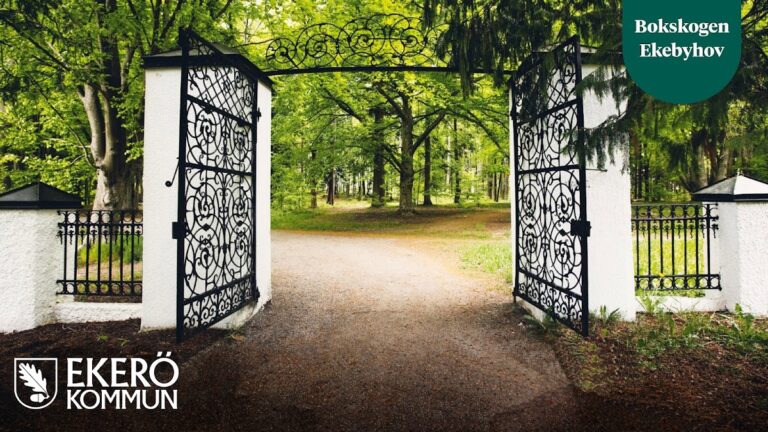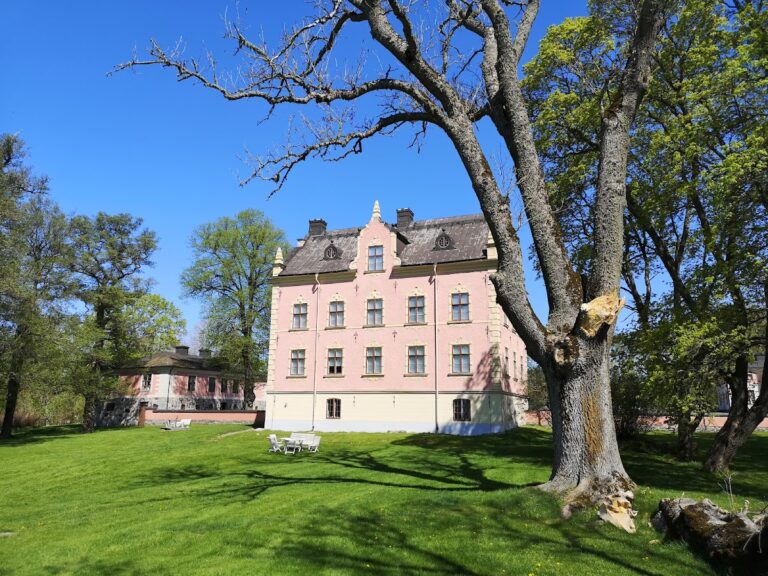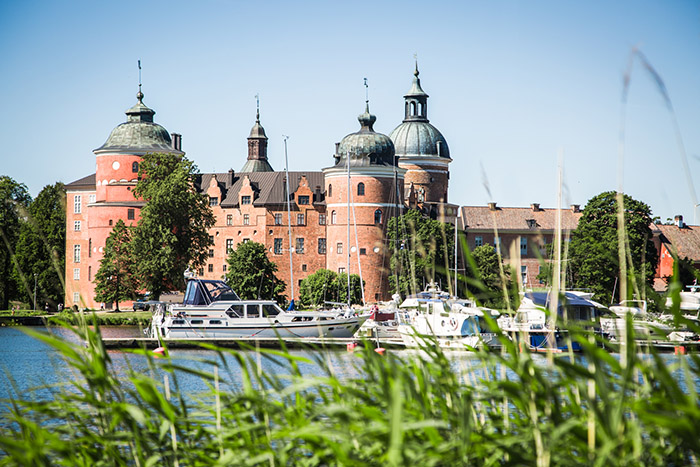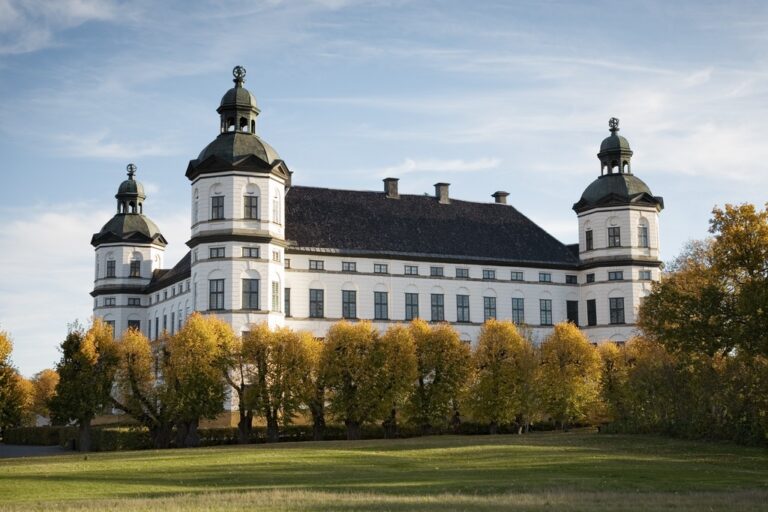Tyresö Palace: A Historic Swedish Noble Estate
Visitor Information
Google Rating: 4.4
Popularity: Medium
Google Maps: View on Google Maps
Official Website: www.tyresoslott.se
Country: Sweden
Civilization: Unclassified
Remains: Military
History
Tyresö Palace is located in the municipality of Tyresö in Sweden, and it was built during the 17th century by Swedish nobility. The site traces its origins back to at least the 1300s when it functioned as a manor, marking a long-standing presence in the region’s aristocratic landscape.
The current palace began to take form in the 1620s under Gabriel Gustafsson Oxenstierna, a high-ranking official known as riksdrots, or lord high steward. Construction was completed by 1636, replacing an older medieval stone house that stood nearby. In close connection with the palace’s development, Oxenstierna commissioned the adjacent Tyresö Church, built between 1638 and 1640, where he was interred the following year.
Following Oxenstierna’s tenure, the estate changed hands through several prominent noble families including the De la Gardie, Gyllenstierna, Bonde, von Düring, Scheffer, and De Geer clans. In the later part of the 17th century, Maria Sofia De la Gardie managed Tyresö and diversified the estate’s economy by establishing manufactories such as cloth factories and a rifle factory. These enterprises reflected broader trends in Swedish aristocratic estates becoming sites of industrial activity.
The palace experienced modernization in the 1770s, when Fredrik Magnus Piper designed an English-style landscape park, Sweden’s first of its kind, surrounding the estate. This garden blended elements of traditional English garden design with native Swedish flora and remnants of ancient forests, a feature that survives unchanged to the present day.
In the late 19th century, Marquis Claes Lagergren purchased Tyresö Palace, overseeing a restoration and remodeling project that lasted until his death in 1930. He collaborated with architect Isak Gustaf Clason to renovate the palace in a national romantic style inspired by the 17th century, while incorporating modern comforts such as central heating and telephones. Upon Lagergren’s passing, ownership was transferred to the Nordic Museum, which has maintained the site and carried out extensive renovations near the end of the 20th century.
Today, Tyresö Palace stands as a preserved historic site reflecting centuries of Swedish noble life, industrial enterprise, and landscape design traditions.
Remains
The Tyresö Palace complex presents a three-part layout centered around the main building flanked by two similarly long wings. The main palace spans roughly 40 meters in length, 9 meters in width, and rises to about 9.5 meters high, including three stories and two gable towers at its ends. Each of the wings, stretching approximately 40 meters and two floors high, is capped with copper-clad towers topped by spires, adding vertical emphasis to the horizontal planning.
Constructed primarily with bricks sourced from local and regional brickyards such as Finnborg on the Brevik Peninsula and Margretelund in Roslagen, the palace’s roof incorporated about 9,000 tiles. Defensive features are evident in the preservation of gun slits on the waterfront towers, reflecting influence from 16th-century fortification styles originating in Germany and France. Originally, the courtyard of the palace was enclosed by buildings and gatehouses, but this changed in the mid-18th century when the northern side was opened in favor of wrought iron gates and fencing.
Inside, the palace retains a rich layering of historic interiors. Doors dating from the 17th century survive alongside rooms decorated in 18th-century baroque and empire styles. Late 19th-century national romantic details introduced by Clason enrich the interior with oak paneling, tapestries, and an extensive book collection. Noteworthy spaces include the breakfast room furnished with Swedish rococo pieces, the Emperor’s Salon designed for male gatherings, the library housed in a corner tower with original doors, and a tower salon featuring 18th-century French rococo furniture complemented by Chinese wallpaper imported through the East India Company.
The surrounding estate includes Tyresö Church, a well-maintained rural church from Sweden’s era as a great power, and several ancillary structures such as stables built using 17th-century block and cross bond brickwork. Although a large stone barn from the 17th century was demolished in the late 19th century, workshops and storage buildings from the 18th and 19th centuries remain in the complex. Today, the estate comprises around 85 rooms, incorporating a basement that historically held the kitchen and archival materials.
The western wing, left unfinished at the time of the last major restoration, now functions as a restaurant, while the eastern wing contains a café, spa, and event spaces. Beyond the main grounds, the estate includes a small island called Notholmen, accessible by a bridge from the park, featuring a café and a guest harbor, thus extending the historical site into a waterside setting.










